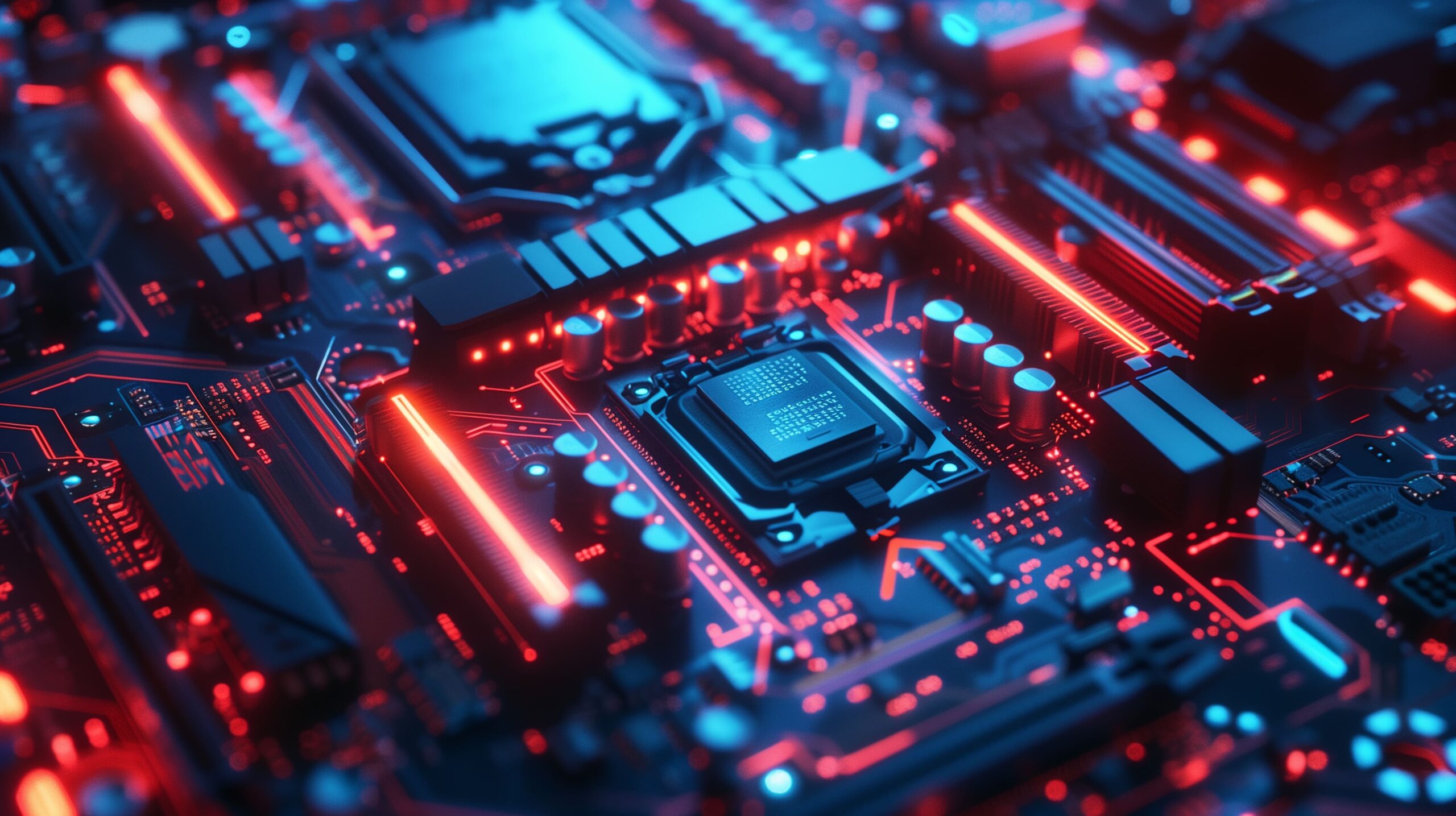In recent times, technological advancement has paved the way for new-age electronic devices. Designers are constantly working to improve the performance of electronic technologies. However, they also need to consider signal integrity while designing PCBs. This directly affects the performance and reliability of electronic components.
Signal Integrity plays a vital role in electronic devices, measuring the quality of electric signals. It involves maintaining the fidelity of signals from the transmitter to the receiver. Moreover, PCB hardware designers should ensure good signal integrity in a PCB design. To achieve this, designers should handle bottlenecks, such as delay, impedance matching, and crosstalk.
In addition, businesses face various signal integrity challenges while designing, such as reflection, noise, transmission line effect, etc. In this blog, we will delve deeper into how to manage PCB hardware.
Different Ways to Manage Signal Integrity in High-Speed PCB Design
PCB Stackup Design
The foundation of signal integrity lies in the PCB stackup design. A properly designed stackup, such as the arrangement of layers, impedance control, and material choice, significantly impacts signal quality.
- Layer Arrangement: While designing a PCB, one should carefully consider signal, power, and ground layers arrangement. Critical signals when routed in inner layers of the PCB should have Ground planes above and below. Critical VDDs should have a Ground plane adjacent for additional Decoupling. This ensures that PCB maintains signal integrity and also mitigates interference.
- Impedance Control: The function of PCB is to transfer the signal power from the driver device to the receiver device. The propagation of power throughout the PCB trace becomes essential. That’s where proper impedance matching is vital. This ensures the signal integrity in the PCB. Moreover, consistent impedance across signal traces prevents reflections and ensures the signal’s integrity during transmission.
- Material Choice: The Dielectric material plays a significant role in signal loss when it comes to PCBs with High speed interfaces. Industry offers multiple dielectric choices based on its Electrical, Thermal, Mechanical and Chemical properties. A Dielectric with strong Electrical properties will reduce the Signal loss and hence improves the Signal integrity.
Routing Techniques
Routing is one of the key factors that is vital to manage signal integrity. Here are some routing techniques:
- Trace Length Matching: Equal trace length is vital for signal propagation in the circuit without timing mismatch. The goal is to reduce the timing mismatch, as even small variations in trace lengths can lead to signal distortion. This can impact the overall system performance.
- Differential Pair Routing: Two is always better than one, as one supports the other. In differential pair routing, careful routing is vital; it helps control skew and maintain symmetry, contributing towards minimizing signal distortion and crosstalk. PCB design service providers are widely using differential signaling that reduces common-mode noise, increasing signal integrity.
- Controlled Impedance Routing: In high-speed PCB design, designers need to maintain controlled impedance to ensure signal integrity throughout the transmission path. With controlled impedance, they can ensure that the signal encounters consistent resistance and capacitance. This prevents signal degradation.
- Via Design: Via plays a crucial role in connecting different layers during routing. There are different types of Vias based on the layers it connects. Blind vias and Micro vias connect only the layers needed so the stub is minimized. Stubs in vias act as an antenna causing Signal degradation. Designers need to use the right type of vias for their design to mitigate Signal Integrity issues.
Design for Manufacturability (DFM)
Design for manufacturability is crucial for converting theoretical aspects into practical ones. It ensures that the design adheres to manufacturing rules and regulations.
With this practice, a PCB supplier optimizes the design, reducing the likelihood of errors during manufacturing. This considers various things for maintaining signal integrity in the high-speed PCB. It consists of component placement, solderability, etc.
Moreover, this also helps to identify any signal integrity issues in the early manufacturing process. This incorporates test points, accessible traces, and other features.
Signal Integrity Testing
Signal integrity testing ensures that high-speed PCBs should undergo testing to adhere to industry standards. This also ensures the signal integrity of the PCB.
TDR ensures impedance matching and provides valuable insight into the signal integrity. This sends a signal through the transmission line and analyzes the reflected signals.
BER testing is another test for signal integrity that quantifies the performance of digital signals. This allows a PCB supplier to assess and improve signal integrity. In BER testing, one should send a known bit sequence and compare the received data to the transmitted signal. This facilitates the quantitative measure of signal quality.
Also Read: Shifting Left With System Technology Co-Optimization for IC Packaging
The Bottom Line!
Signal integrity is essential for better and more advanced electronic devices. While designing a PCB design board, designers should be careful of multiple factors to manage signal integrity. However, maintaining signal integrity can be challenging. So, Tessolve incorporates various strategies while providing a PCB design board in the USA.



